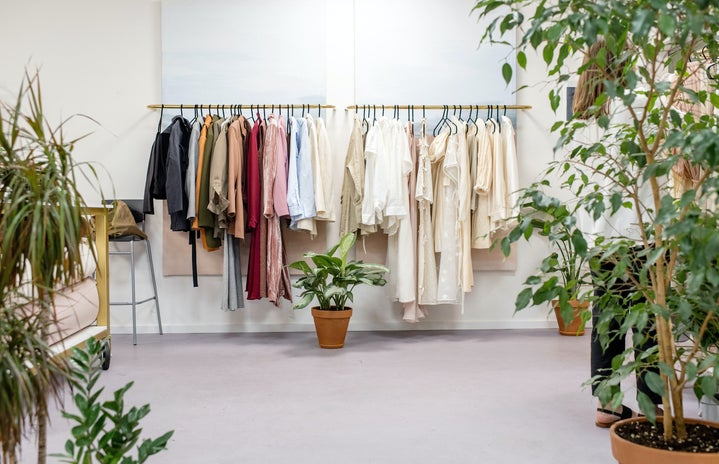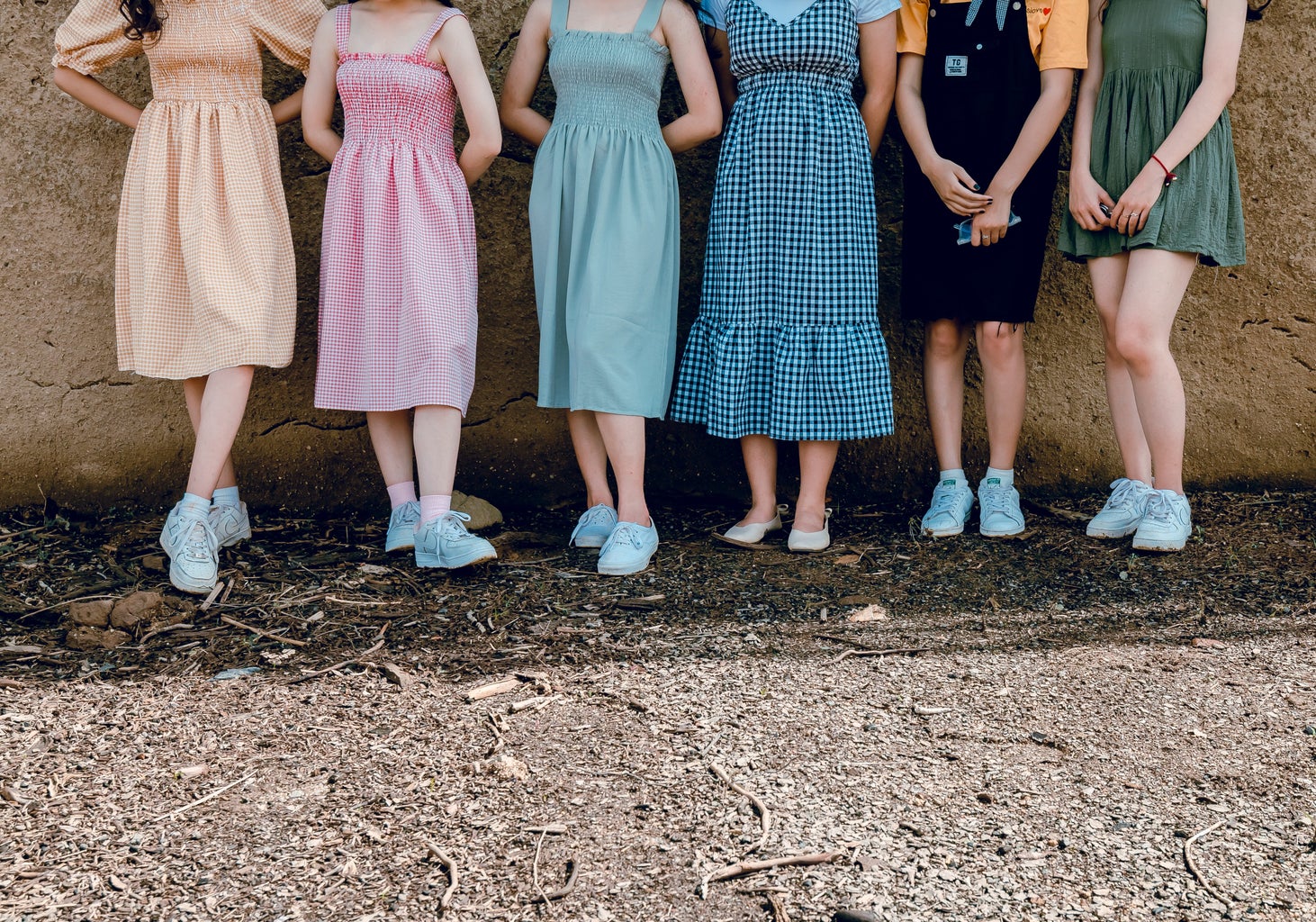If you pay any attention to fashion trends, you have probably noticed the comeback long skirts have been making recently. Whether it be satin skirts that hit right in the middle of the calf or white gauzy skirts that dust the floor, there seems to be a version of this garment that can appeal to everyone. For those who are feeling particularly trendy, long jean skirts were spotted in September on New York Fashion Week runways where designers showcased their Spring/Summer 2023 collections. Personally, I have bought four skirts that extend below my knee in the past year. I enjoyed wearing them in the summer with a little tank top and strappy shoes and also in the winter with a chunky sweater and tall boots. The garment can truly make any outfit feel more whimsical. However, could the rise in popularity of this seemingly harmless article of clothing actually be an indicator of something more troubling?
There is a theory about the intersection of the United States economy and fashion trends called the “Hemline Index”. The Hemline Index states that the length of skirts and dresses, their hemlines, fluctuates with the state of the economy. It is thought that when the economy is doing well, when the price of stocks is higher, hemlines are shorter. On the other hand, when the economy is doing poorly, when stocks are worth less, hemlines will be longer. The theory is largely supported by the hemlines of the 1920s, 1930s, and 1940s. In the 1920s, commonly referred to as the “Roaring 20s” as a result of the fun and light-hearted atmosphere of the era, hemlines rose above the knee. One of the most iconic silhouettes in pop culture from the period is the flapper style dress which notably sports a short hemline. However, when the Great Depression hit and the stock market fell, the length of skirts and dresses also fell. Around the late 1930s, when there was a wartime economic boom, hemlines went upwards to a length right below the knee and remained that way through the 1940s. In the 1960s as the economy rose again, the country saw the debut of the mini skirt. Are you sensing a pattern?
Now, in 2023, when there have been talks of the United States being in a post-COVID recession for the past couple of years, we are seeing longer hemlines become trendy once again. It is important to note though, that as of February 2023, economists are saying that we are not currently in a recession. So, while the theory is interesting and may have some merit, it is far from foolproof. I think that rather than crediting what is trendy to the state of the economy, we should credit it to the events happening in the country. The people who are participating in trends, largely young women, are probably not obsessively checking the GDP. At least I know that I am not. People are rather dressing in response to the events happening around them. For example, we are still emerging from a pandemic when comfortable clothing and loungewear was, and still is, very popular. To relate that to hemlines, longer skirts are more comfortable and practical than mini skirts. I know that if I am having a day where I’m not feeling great but still want to wear a cute outfit, I’m way more likely to throw on a flowy long skirt than a leg-bearing clingy mini skirt. With all that being said, I do not totally reject the concept of a hemline index as there does seem to be some historical correlation, but fashion trends are a social phenomenon with strong influences other than the economy. Personally, I’m not going to begin preparing for a second Great Depression simply because of the length of a few of the skirts that I own. Who knows for sure though? Maybe I should start working on my savings account.



